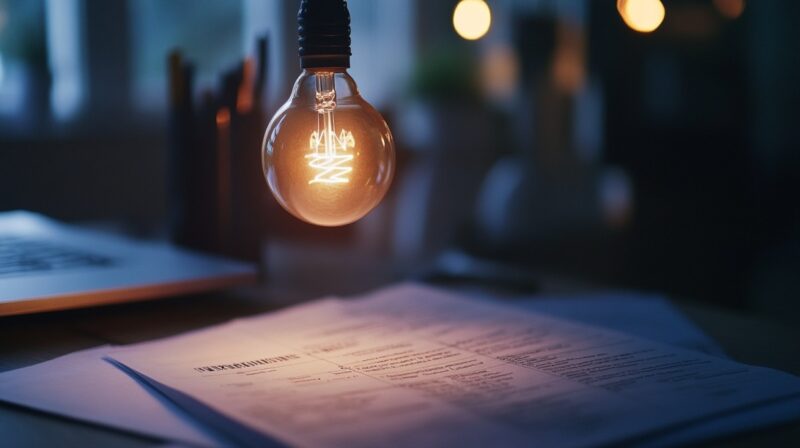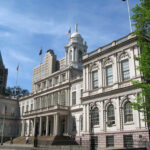Living in Brooklyn comes with its share of high living costs, and utility bills—for electricity, gas, water, and heating—are no exception.
According to Con Edison, the average monthly utility bill for a Brooklyn apartment can range from $150 to $300, depending on the season and household size.
With rising energy costs and changing weather patterns, finding ways to cut down on these expenses is not just about saving money—it’s about creating a sustainable and efficient home environment.
1. Upgrade Your Heating and Cooling Systems
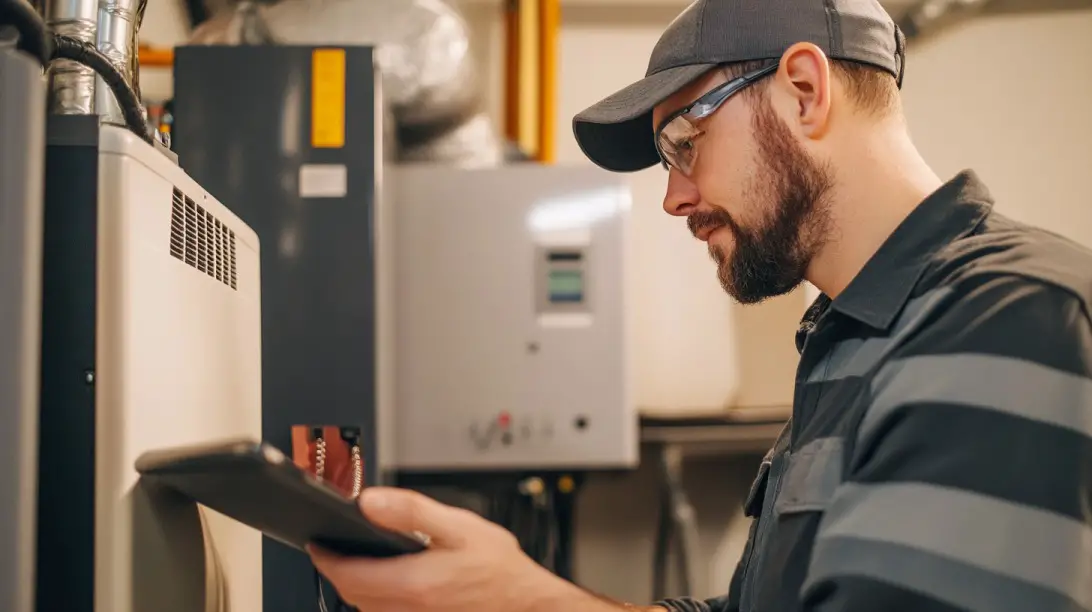
Heating and cooling account for nearly 50% of your total energy use, especially in older Brooklyn brownstones and apartments.
- Install a programmable thermostat to automatically adjust temperatures when you’re away or asleep, saving 10–15% annually on heating and cooling costs.
- Seal leaks around windows, doors, and ducts to prevent air drafts. Proper insulation can reduce heating costs by 15%.
- Upgrade to ENERGY STAR® appliances like high-efficiency air conditioners or heat pumps, which can save up to 20% on energy use compared to standard models.
| Strategy | Estimated Savings |
| Programmable thermostat | 10–15% off heating/cooling |
| Sealing leaks & insulation | 15% on heating costs |
| ENERGY STAR appliances | Up to 20% energy savings |
2. Switch to Energy-Efficient Lighting
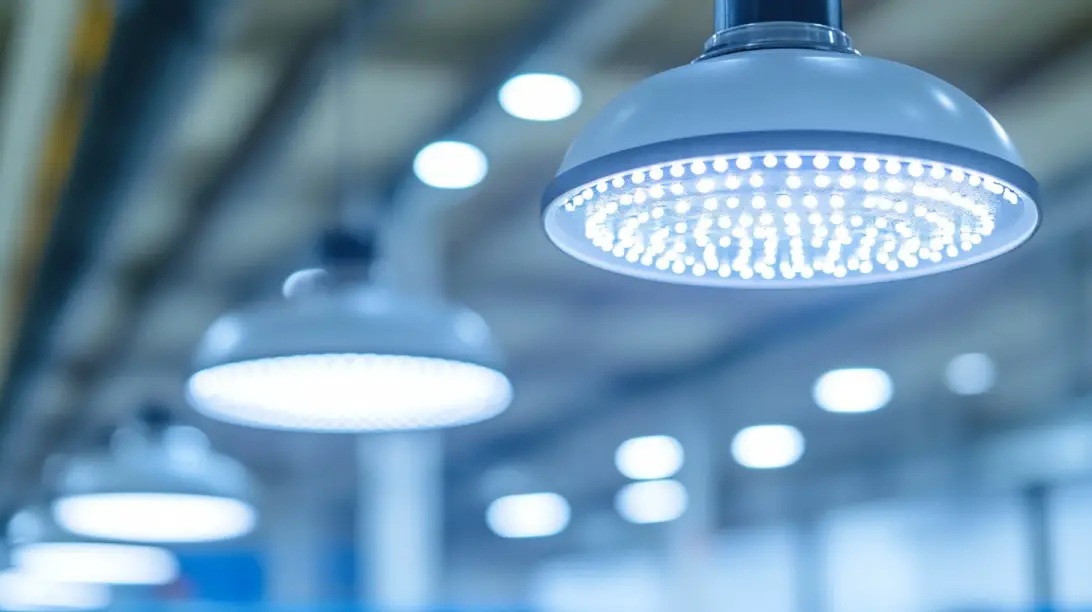
Lighting makes up about 10% of a typical household’s electricity bill, yet many homes still rely on outdated and inefficient incandescent bulbs. Replacing these with modern solutions can yield significant energy savings and longer-lasting performance.
For instance, LED bulbs are an excellent upgrade choice because they use at least 75% less energy than traditional incandescent bulbs while lasting up to 25 times longer. This means fewer replacements and reduced maintenance, in addition to lower electricity consumption.
Another way to enhance lighting efficiency is by adopting smart lighting systems. These systems allow you to control when lights turn on and off, either remotely through a smartphone app or on a preset schedule.
This ensures that lights aren’t left on unnecessarily, which can lead to a noticeable reduction in energy use. Smart lighting also offers flexibility and convenience, allowing you to adjust brightness and color temperature to suit your needs, further optimizing your lighting system for both comfort and efficiency.
| Lighting Option | Energy Savings |
| LED vs. incandescent | 75% less energy |
| Smart lighting controls | 5–10% total savings |
3. Reduce Water Usage
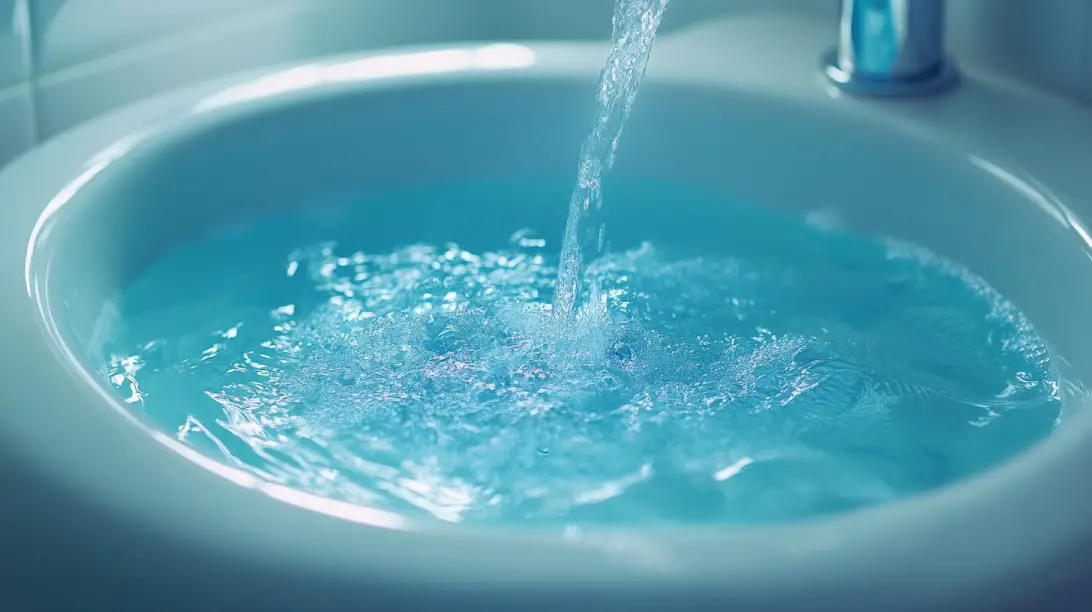
Water bills in Brooklyn can be significant, especially in multi-family homes. NYC Water Board data shows the average annual water bill for a family of four is around $1,200.
- Install low-flow showerheads and faucets, reducing water usage by 20–30%.
- Fix leaks promptly; even a slow drip can waste 3,000 gallons annually.
- Run dishwashers and laundry machines with full loads to maximize efficiency.
| Water-Saving Action | Potential Savings |
| Low-flow fixtures | 20–30% water savings |
| Leak repair | 3,000 gallons/year |
| Full dishwasher/laundry loads | 5–10% savings |
4. Optimize Electricity Use
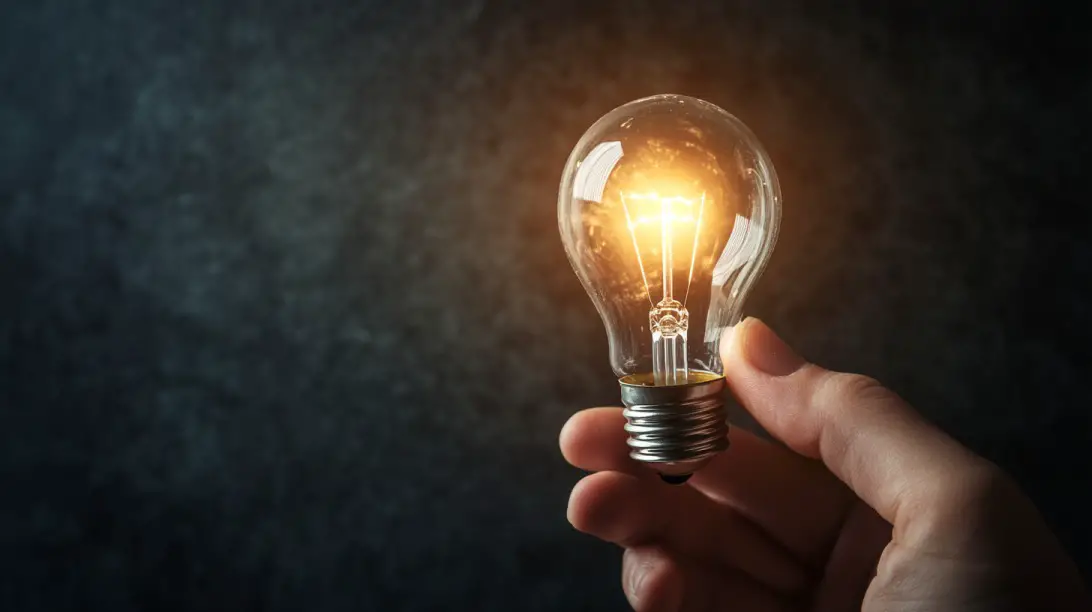
Electricity prices in Brooklyn average around 22 cents per kilowatt-hour (kWh), among the highest in the U.S.
- Unplug electronics when not in use or use smart power strips, which can cut “phantom” energy use by 5–10%.
- Use energy-efficient appliances like refrigerators, washing machines, and microwaves to save up to 30% energy.
- Take advantage of off-peak hours if your utility plan offers lower rates during certain times.
While you focus on cutting utility costs, it’s equally important to build financial resilience to handle unexpected expenses.
One key aspect is maintaining an emergency fund—typically recommended to cover at least six months of essential living costs, including utilities.
Establishing an emergency fund not only helps manage unforeseen bills or emergencies but also reduces the stress of temporary income disruptions.
You can easily calculate the amount you need to set aside using this helpful tool: 6 month emergency fund calculator.
| Electricity-Saving Action | Estimated Savings |
| Unplug devices/smart strips | 5–10% energy savings |
| ENERGY STAR appliances | Up to 30% less energy |
| Off-peak usage | Variable, depends on the plan |
5. Consider Renewable Energy Options
Brooklyn residents have growing options for solar energy:
Community solar programs let you subscribe to a shared solar farm without installing panels, cutting pollution and electricity bills by 5–20%.
On-site solar installations can lower or nearly eliminate your electricity bills, with average savings of $1,500–$2,000 annually.
| Renewable Energy Option | Estimated Savings |
| Community solar | 5–20% off electricity |
| Residential solar panels | $1,500–$2,000/year |
6. Improve Home Insulation and Windows
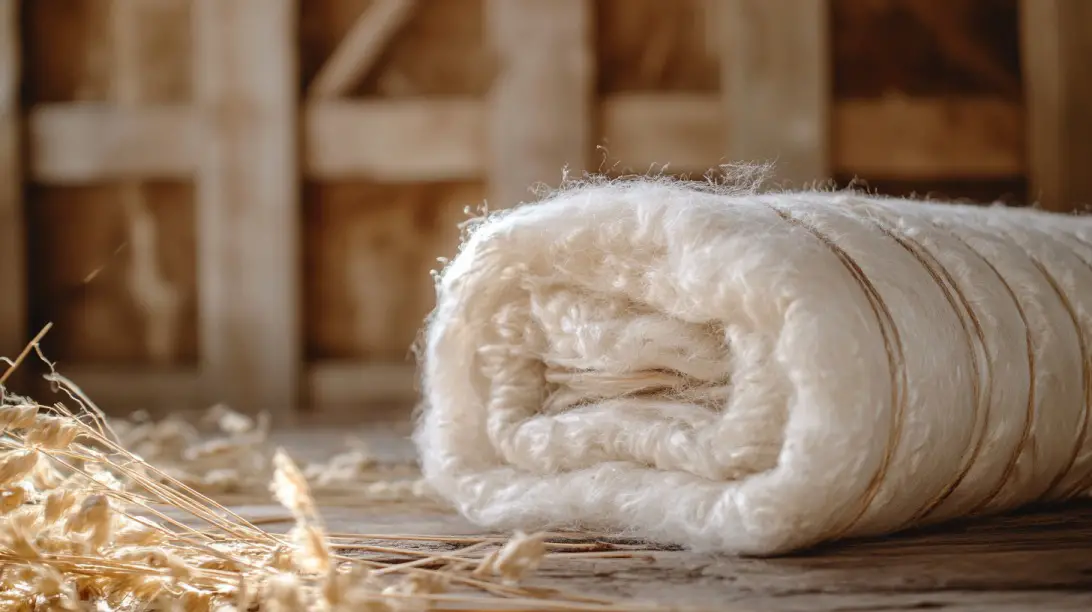
Many Brooklyn homes, especially the iconic older brownstones, often suffer from poor insulation and drafty windows, which can make heating and cooling incredibly inefficient.
A major improvement homeowners can consider is adding attic insulation, which helps reduce heat loss through the roof and can significantly lower heating bills by 15–20%. This is particularly beneficial during the colder months when heat naturally rises and escapes through the upper levels of a home. Another effective upgrade is installing double-glazed or storm windows, which provide an extra layer of protection against the elements.
These windows help reduce heat loss by about 10–15%, improve indoor comfort, and even provide sound insulation benefits.
For a simpler, cost-effective solution, using thermal curtains can help retain warmth during the winter and block excessive heat during the summer, contributing to a more stable and energy-efficient home environment.
By combining these insulation and window strategies, Brooklyn homeowners can achieve a noticeable reduction in energy consumption while creating a more comfortable and sustainable living space.
| Insulation Upgrade | Energy Savings |
| Attic insulation | 15–20% on heating |
| Double-glazed/storm windows | 10–15% heat savings |
| Thermal curtains | 5% energy savings |
Estimated Annual Savings Table
| Category | Potential Savings |
| Heating & cooling upgrades | $200–$500 annually |
| Energy-efficient lighting | $50–$100 annually |
| Water conservation | $100–$300 annually |
| Electricity use optimization | $100–$300 annually |
| Solar energy adoption | $1,500–$2,000 annually |
| Insulation & window upgrades | $200–$600 annually |
Conclusion
Reducing utility bills in Brooklyn requires specific actions. Upgrade heating and cooling systems with programmable thermostats, seal leaks, and install ENERGY STAR appliances to cut energy use. Replace incandescent bulbs with LEDs and install smart lighting to reduce electricity consumption.
Use low-flow fixtures and repair leaks to lower water bills. Unplug devices, use smart power strips, and operate appliances during off-peak hours to optimize electricity use. Consider community solar subscriptions or residential solar panels to cut long-term energy costs. Improve insulation and upgrade to double-glazed or storm windows to prevent heat loss.
Monitor your utility usage regularly and explore local incentives or rebates for efficiency upgrades. These actions directly reduce energy and water consumption, lower monthly bills, and ensure long-term savings.
Discover some hidden green space gems in Brooklyn where you can relax and regenerate from city crowds.

